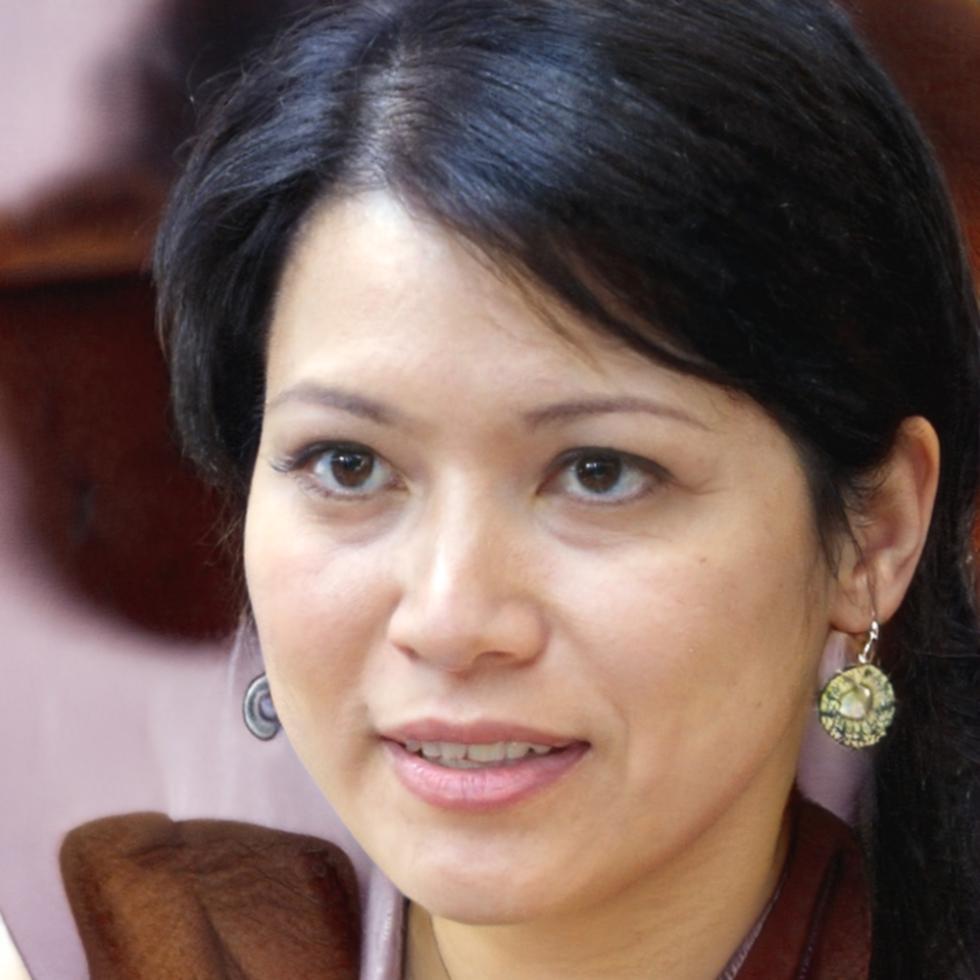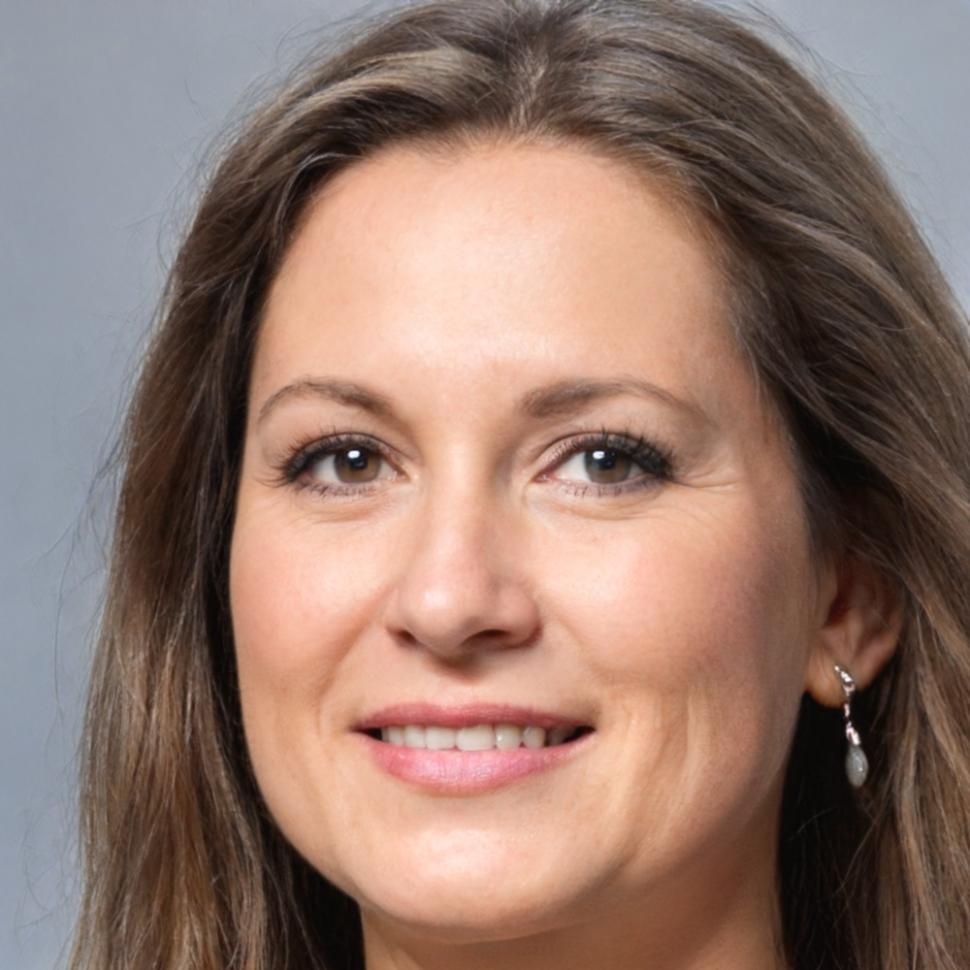Capital Budgeting Skills That Actually Matter
Most finance professionals struggle with real-world capital allocation decisions. We've built this program around the frameworks that investment committees actually use when evaluating multi-million dollar projects. You'll spend less time on textbook theory and more time wrestling with messy, incomplete data.
Talk to an Advisor
How We Got Here
Back in 2019, we realized that finance education was stuck in the 1990s. Companies were making billion-dollar decisions using frameworks that ignored behavioral economics, real options, and strategic flexibility. So we started teaching the methods that actually work.
Started with Eight Students
Our first cohort met in a borrowed conference room. We had no fancy slides, just case studies from companies that had made terrible capital allocation decisions and a whiteboard full of questions.
Built the Real Options Module
Traditional NPV calculations were failing our students when they evaluated projects with genuine flexibility. We spent six months developing a module that treats investment timing, abandonment options, and growth opportunities like they matter.
Expanded to Emerging Markets
Vietnam's rapid infrastructure development created unique capital budgeting challenges. Currency risk, regulatory uncertainty, and underdeveloped financial markets required completely different frameworks than what works in stable economies.
Next Cohort Begins
We're opening enrollment for our autumn program. Fifteen weeks of intensive work on capital structure optimization, scenario planning under uncertainty, and portfolio thinking for corporate investors. Applications close August 15, 2025.
Problems We Actually Solve
Finance textbooks make capital budgeting look simple. Real projects are never simple. Here's what our students typically struggle with before joining the program, and how we help them think differently.
Discount Rate Selection
Most people just use WACC for everything. But that ignores project-specific risk, real option value, and the fact that different cash flow streams deserve different rates.
We'll teach you to decompose projects by risk profile and match discount rates to the actual uncertainty in each cash flow component. You'll learn when to use certainty-equivalent adjustments instead of risk-adjusted rates.
Forecasting Under Uncertainty
Building one "base case" financial model is basically useless. Markets shift, competitors respond, regulations change. Single-point forecasts create false confidence.
You'll build scenario trees that map decision points and uncertainty resolution. We focus on identifying which assumptions actually matter and stress-testing models against realistic worst-case outcomes.
Strategic Value Recognition
Traditional DCF misses growth options, abandonment flexibility, and competitive positioning benefits. Projects that enable future opportunities get rejected because the model doesn't capture optionality.
We use real options frameworks to value flexibility explicitly. You'll learn to recognize when a project's main value is creating future choices rather than generating immediate cash flow.
Behavioral Bias Management
Confirmation bias wrecks capital budgeting. People build models to justify decisions they've already made. Sunk costs get treated as relevant. Anchoring distorts probability assessments.
Our process includes structured devil's advocate sessions and pre-mortem analysis. You'll learn to design decision frameworks that force consideration of disconfirming evidence before committing capital.
Who'll Actually Teach You
Our instructors have spent years working on capital allocation decisions in emerging markets. They've approved projects that worked brilliantly and killed projects that everyone thought were sure things. That experience matters more than academic credentials.

Colin Marsh
Real Options & Strategic Analysis
Spent twelve years evaluating infrastructure projects across Southeast Asia. Colin specializes in teaching valuation under regulatory uncertainty and competitive response modeling.

Helena Novak
Risk Assessment & Scenario Planning
Former portfolio manager who built decision frameworks for a B emerging markets fund. Helena focuses on probability assessment, tail risk management, and adaptive forecasting.

Priya Chatterjee
Cost of Capital & Behavioral Finance
Researches how cognitive biases distort corporate investment decisions. Priya teaches discount rate selection, bias recognition, and organizational decision architecture.
Enrollment Opens Soon
Our autumn 2025 cohort starts September 15. The program runs fifteen weeks with evening sessions twice weekly. We cap enrollment at 22 students because the case discussions only work in small groups.
Applications open July 1, 2025. We'll ask for your resume, a short essay on a capital budgeting challenge you've faced, and references from two people who've seen your analytical work.